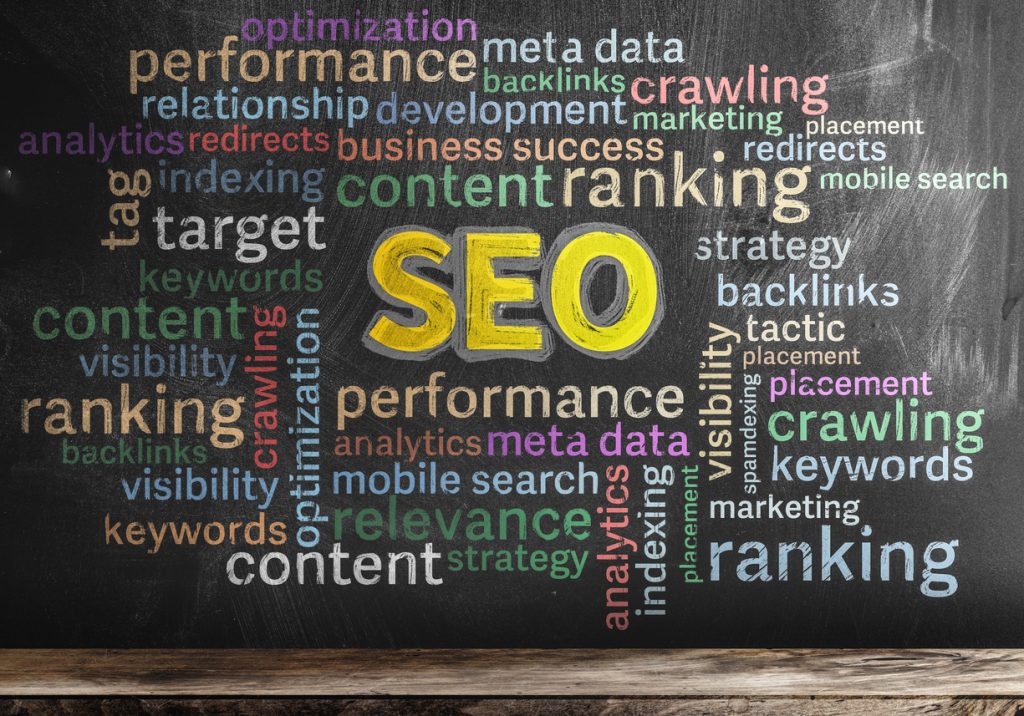
10 Marketing Phrases You Should Know in 2025
The marketing world is evolving fast, and with every shift comes new terminology. If you want to stay competitive in 2025, you’ll need to be fluent in the latest lingo shaping digital marketing trends and customer expectations. Whether you’re focused on SEO, social media, or brand strategy, these 10 phrases will define how businesses connect with customers this year.
1. Zero-Click Searches
A zero-click search happens when Google gives users the answer directly on the results page—no click required. Think weather updates, quick definitions, or step-by-step instructions pulled into featured snippets. While it may seem like bad news for websites, it’s actually an opportunity. If you optimize your content with concise, clear answers to common questions, you increase your chances of being featured. That visibility keeps your brand front and center, even if users don’t land on your site.
2. Customer Data Platform (CDP)
A Customer Data Platform collects and unifies customer information from every touchpoint—your website, social media, email campaigns, and even in-store interactions. The power of a CDP lies in its ability to build real-time profiles that help marketers deliver personalized experiences instantly. For example, if a customer browses a product but doesn’t buy, a CDP can trigger a follow-up email with a reminder or related offer. In 2025, where personalization is key, CDPs are a must-have for businesses that want to compete.
3. First-Party Data
First-party data is the information you collect directly from your customers—email sign-ups, purchase history, surveys, and on-site interactions. Unlike third-party data, which is being phased out due to privacy concerns, first-party data is more reliable, compliant, and valuable. By focusing on gathering this type of information, you build a data strategy that’s future-proof. Loyalty programs, gated content, and customer feedback forms are excellent ways to strengthen your database in 2025.
4. Social Commerce
Social commerce allows users to buy products directly on platforms like Instagram, TikTok, and Facebook. Instead of clicking to a separate website, the purchase happens seamlessly inside the app. This reduces friction in the buying process and taps into impulse shopping behavior. For businesses, it’s a chance to meet customers exactly where they already spend their time. As social platforms continue expanding shopping features, brands that ignore social commerce risk falling behind competitors.
5. Cookieless Future
Third-party cookies are disappearing, and with them, the old way of tracking users across the web. In this cookieless future, marketers must find new ways to understand audiences and deliver relevant ads. That means leaning on first-party data, contextual advertising, and stronger customer relationships. While it may feel like a challenge, it’s also an opportunity to build more authentic, transparent interactions with customers. The sooner you prepare, the smoother the transition will be.
6. Voice Search Optimization
With the rise of voice assistants like Siri, Alexa, and Google Assistant, voice search is transforming how people seek information. Instead of typing “best coffee shop Tulsa,” someone might say, “Where’s the best coffee near me?” That shift means businesses need to optimize content for conversational, long-tail keywords. In 2025, voice search optimization isn’t optional—it’s a necessity for businesses that want to capture customers in the moment they’re asking for help.
7. Hyper-Personalization
Personalization is no longer enough—customers now expect hyper-personalization. That means marketing messages tailored in real time, using AI and detailed customer insights. Think Netflix recommending a new show based on your exact preferences or Amazon suggesting products you didn’t know you needed. This level of relevance keeps customers engaged and loyal. Brands that can deliver hyper-personalized experiences will stand out in a crowded digital marketplace.
8. Augmented Reality (AR) Marketing
Augmented Reality marketing is bridging the gap between online and in-person shopping. AR lets customers “try before they buy” by overlaying virtual products into their real-world environment through a phone or tablet. In 2025, expect to see AR everywhere—from virtual makeup try-ons to furniture placement tools. Not only does AR improve the shopping experience, but it also reduces returns and builds customer confidence in online purchases.
9. Omnichannel Marketing
Omnichannel marketing is about creating a consistent experience across every platform a customer interacts with—your website, social media, email, and even your physical store. Customers expect that if they start shopping on one device, they can pick up right where they left off on another. A well-executed omnichannel strategy doesn’t just improve convenience; it strengthens brand trust and loyalty. In 2025, this seamless integration is the difference between good marketing and great marketing.
10. Content Experience
Content marketing has always been about delivering value, but in 2025, it’s just as much about the experience. The way your content looks, loads, and functions can make or break its impact. A blog that’s cluttered, slow, or hard to read on mobile won’t get traction, no matter how good the writing is. Optimizing for content experience means ensuring everything is easy to find, skimmable, and designed with the user in mind. This not only boosts engagement but also plays a huge role in SEO performance.
Final Thoughts
Marketing in 2025 is moving toward smarter, faster, and more personalized customer interactions. From voice search optimization to social commerce and hyper-personalization, these 10 terms reflect the direction modern marketing is heading. Brands that understand and implement these trends won’t just keep up—they’ll stand out. The bottom line: staying fluent in today’s marketing lingo helps you adapt strategies, reach audiences more effectively, and stay ahead of competitors in a crowded digital landscape.
